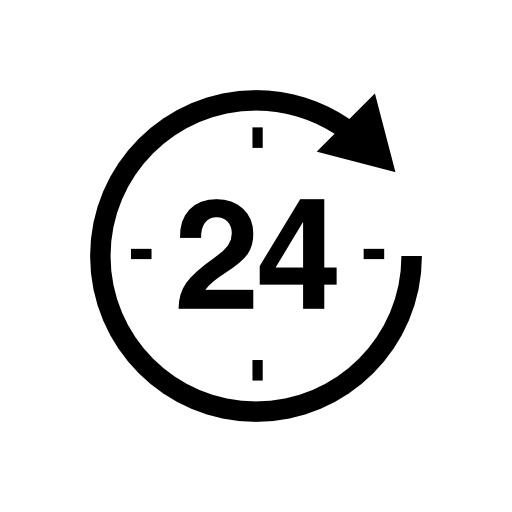What is the difference between otherwise normal adolescence behavior
and adolescence behavior associated with Borderline Personality
Disorder?
The behavior can include extreme sexual activity, utilizing drugs, engaging in impulsive and risky activities (i.e. driving too fast, stealing) – according to Dr. Blaise Aguirre the difference lies in the functionality of the behavior, being that the function of one is typical and the other’s function is mostly to help regulate the emotion(s) of the child in the moment [suffering from BPD].
Blaisse Aguirre, M.D., discusses in this video how to recognize the difference and how to better understand the purpose behind it. He addresses in depth the criteria needed to diagnose BPD according to the current DSM and uses specific examples for younger children that gives a better understanding to the behavior that leads to diagnosis. It is a must see for any parent or family member who is raising a child who may (or may not be) suffering from BPD.
Dr. Aguirre is an expert in child, adolescent and adult psychotherapy, including dialectical behavior therapy (DBT), and psychopharmacology. He is the founding medical director of 3East at Harvard - affiliated McLean Hospital, a unique, residential DBT program for young women exhibiting self-endangering behaviors and borderline personality traits (BPD). Dr. Aguirre has been a staff psychiatrist at McLean since 2000 and is nationally and internationally recognized for his extensive work in the treatment of mood and personality disorders in adolescents. He lectures regularly in Europe, Africa and The Middle East on BPD and DBT.
Author: DreamGirl
















Early intervention was the key to the success regarding my daughter. Receiving the diagnoses of Emerging Bpd, self education by family, outpatient CBT which led to long term (10 months) of residential treatment where she was able to feel connected and understood amongst her peers allowed her to address the skills deficits Dr. Aguirre speaks of in this video. When she began to have success using these skills her self image improved and new ways of thinking about herself in relationship to others and her environment. She now has the skills to deal with her black and white thinking (DBT's wisemind), can self soothe in wisemind and use negotiations to get her needs met rather than maladaptive behaviors. The more success she has getting her needs met in healthy ways the more secure she has become in her relationships with family and peers. Family continues to speak the same therapeutic language she learned in residential treatment. This has been the key to continued success in the use of those skills. As she continues to be successful her outbursts have become almost non existent and she returns to baseline quickly which is often followed by a healthy insight of what she would do differently next time.
ReplyDeleteThe symptoms she once strongly displayed (efforts to avoid abandonment real or imagined, idealization and devaluation, paranoia, extreme anxiety, unstable sense of self, impulsivity, affect instability..."mood changes", chronic feelings of emptiness, emotional dysregulation, and suicidal ideation/self injury, and risky behaviors) have all decreased dramatically and her future is looking bright. We, as her family, continue to work with her compassionately to promote positive self image, belief in her abilities to succeed while not judging or focusing on the past.
Family education at BPDFamily.com was the catalyst for recovery not just for my daughter, for my entire family.
Excellent and very eye opening speech. Helped me to understand BPD.
ReplyDelete